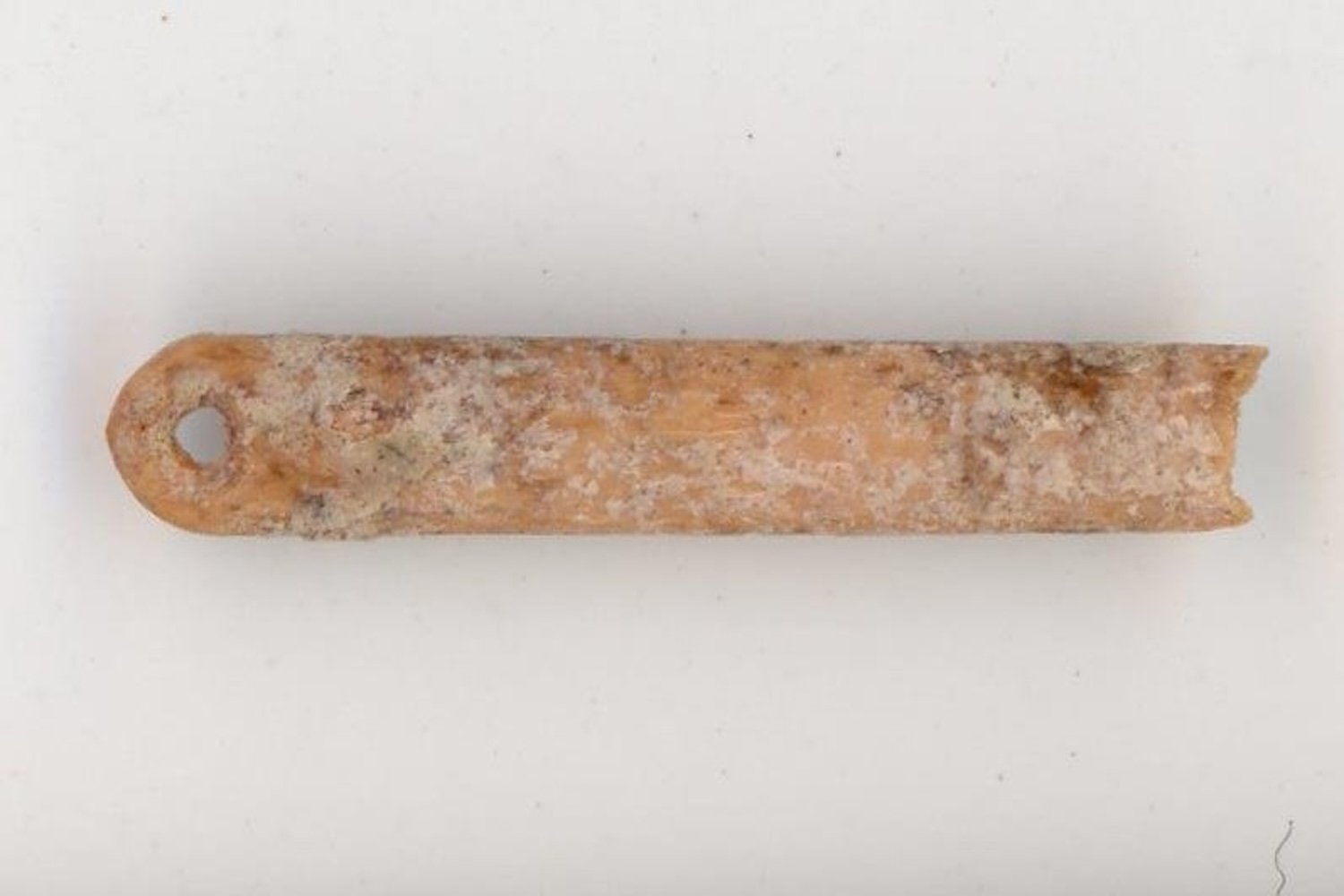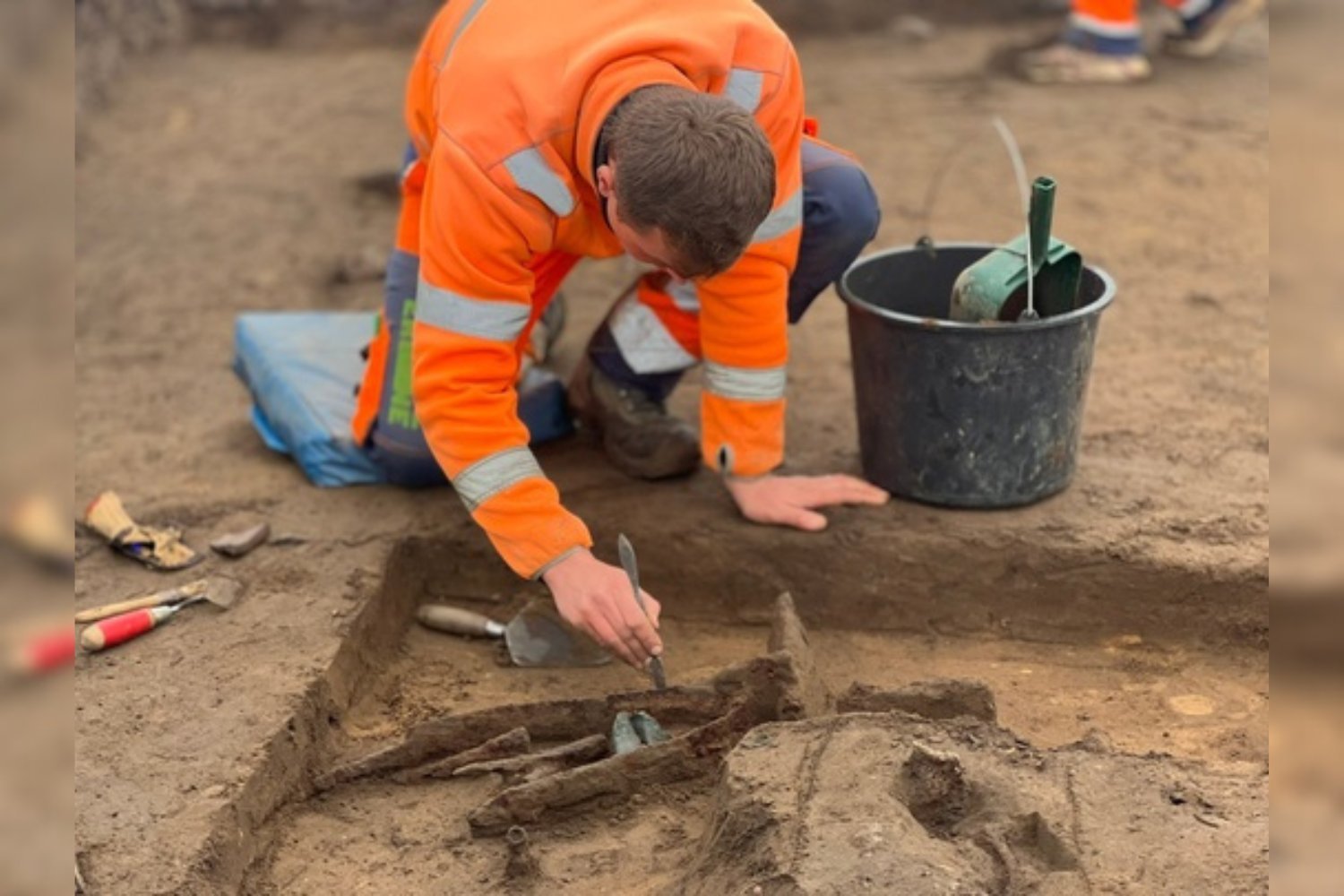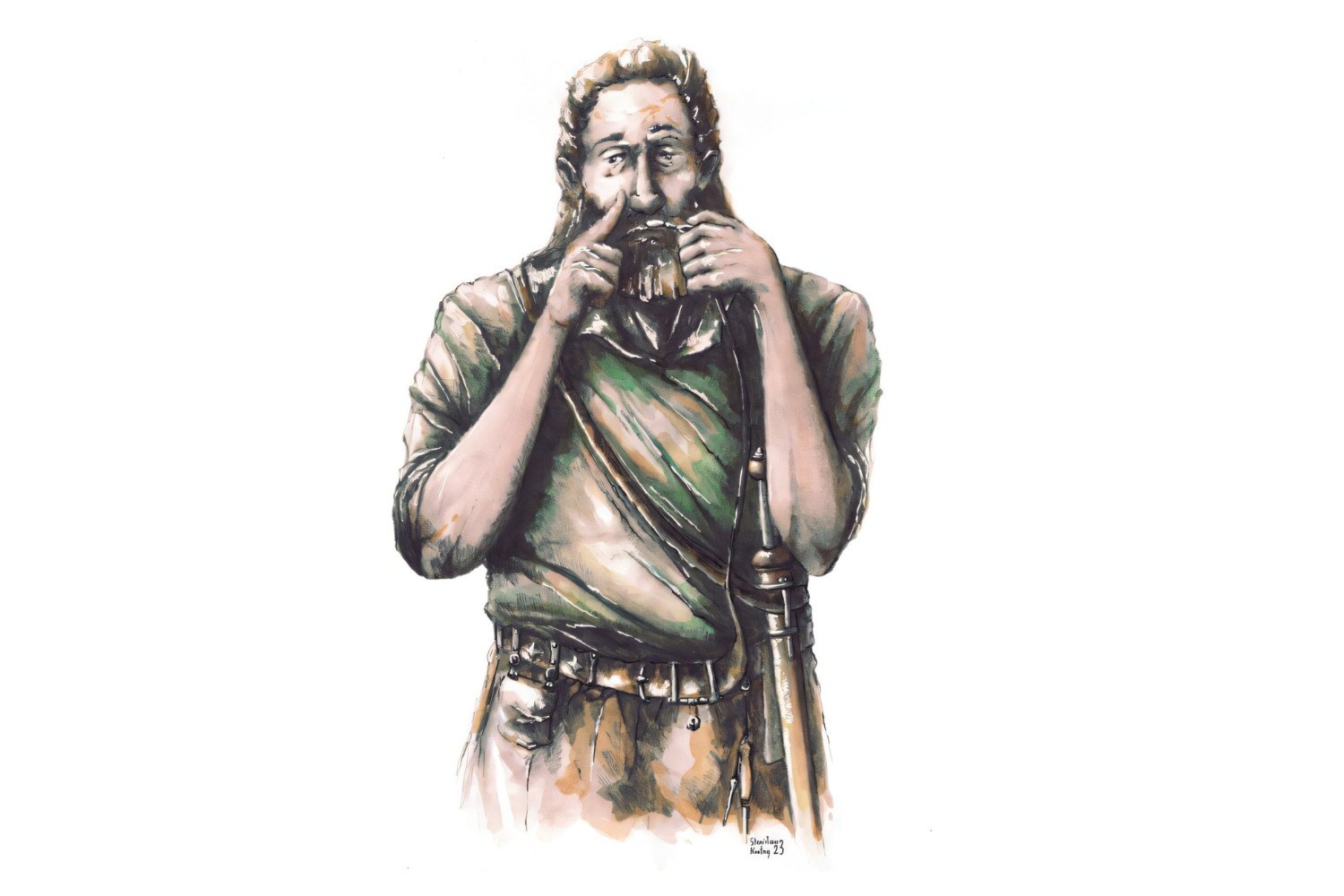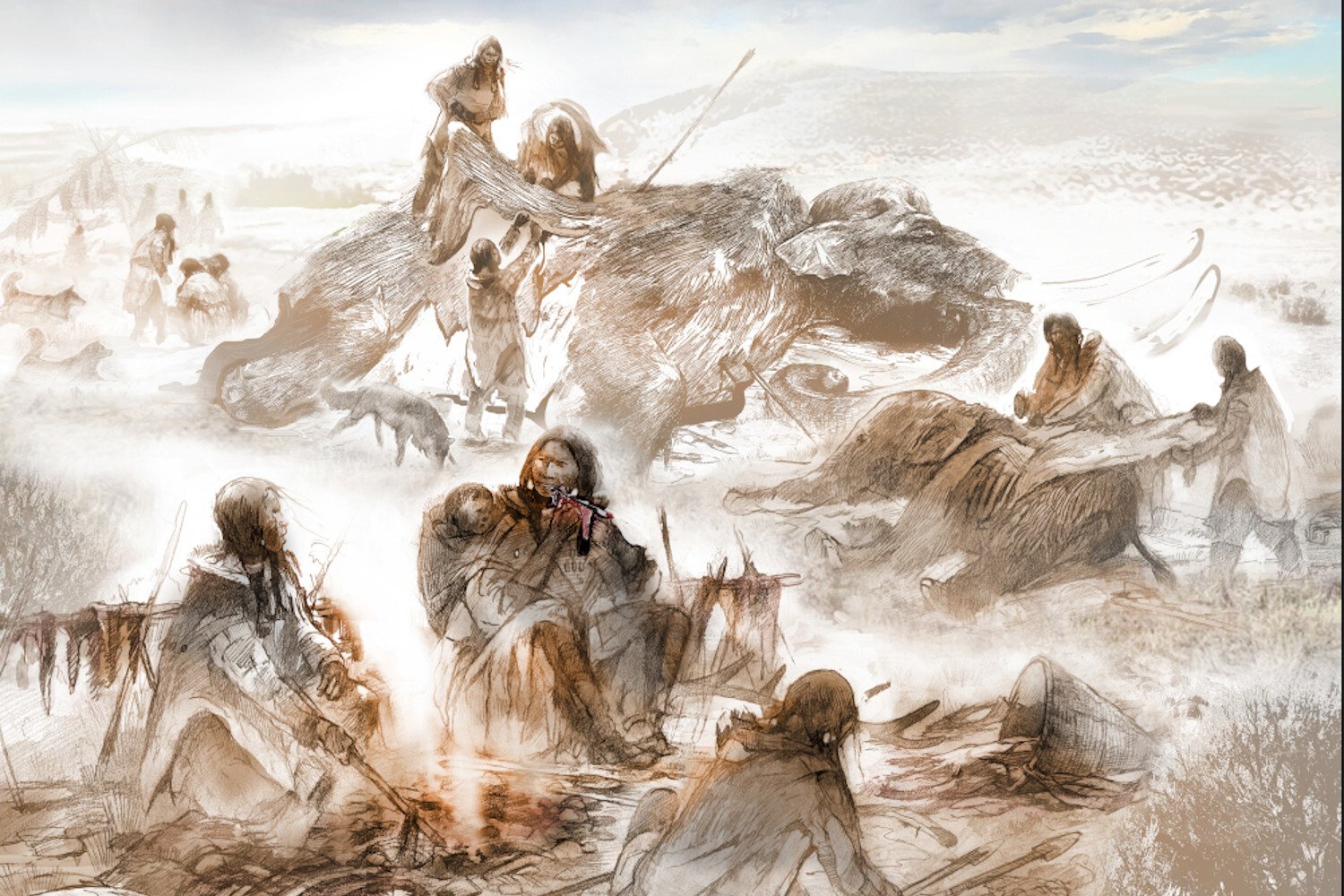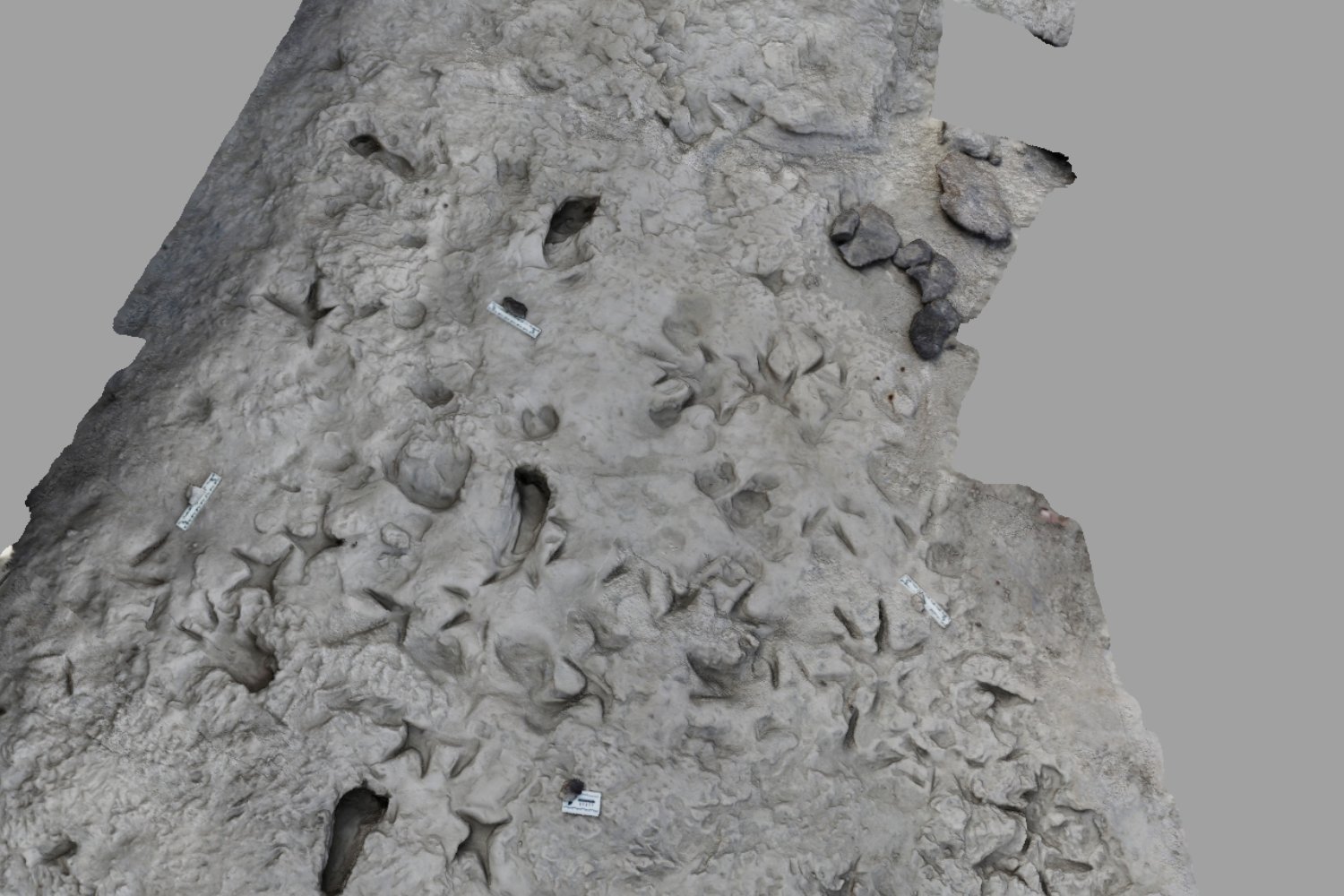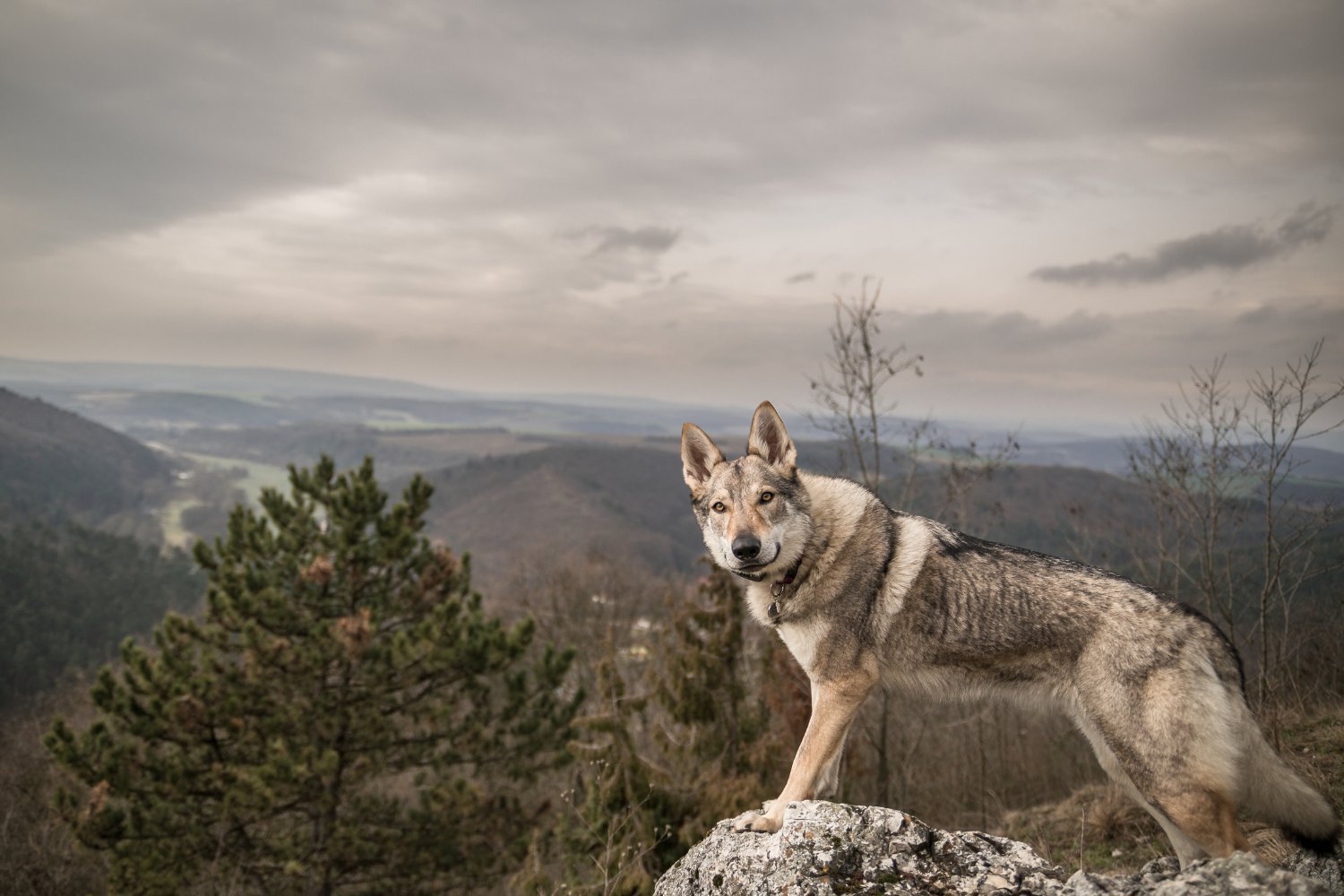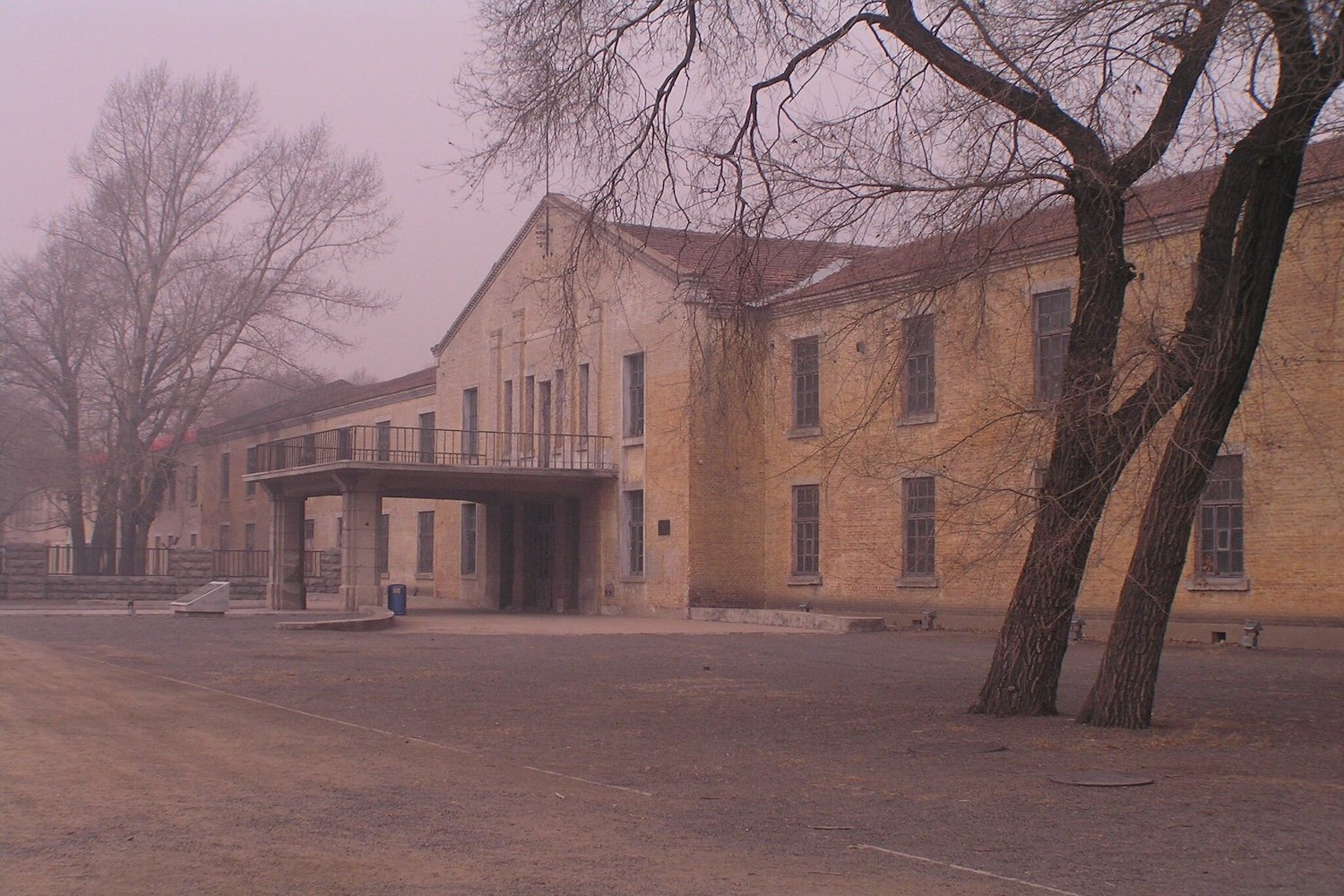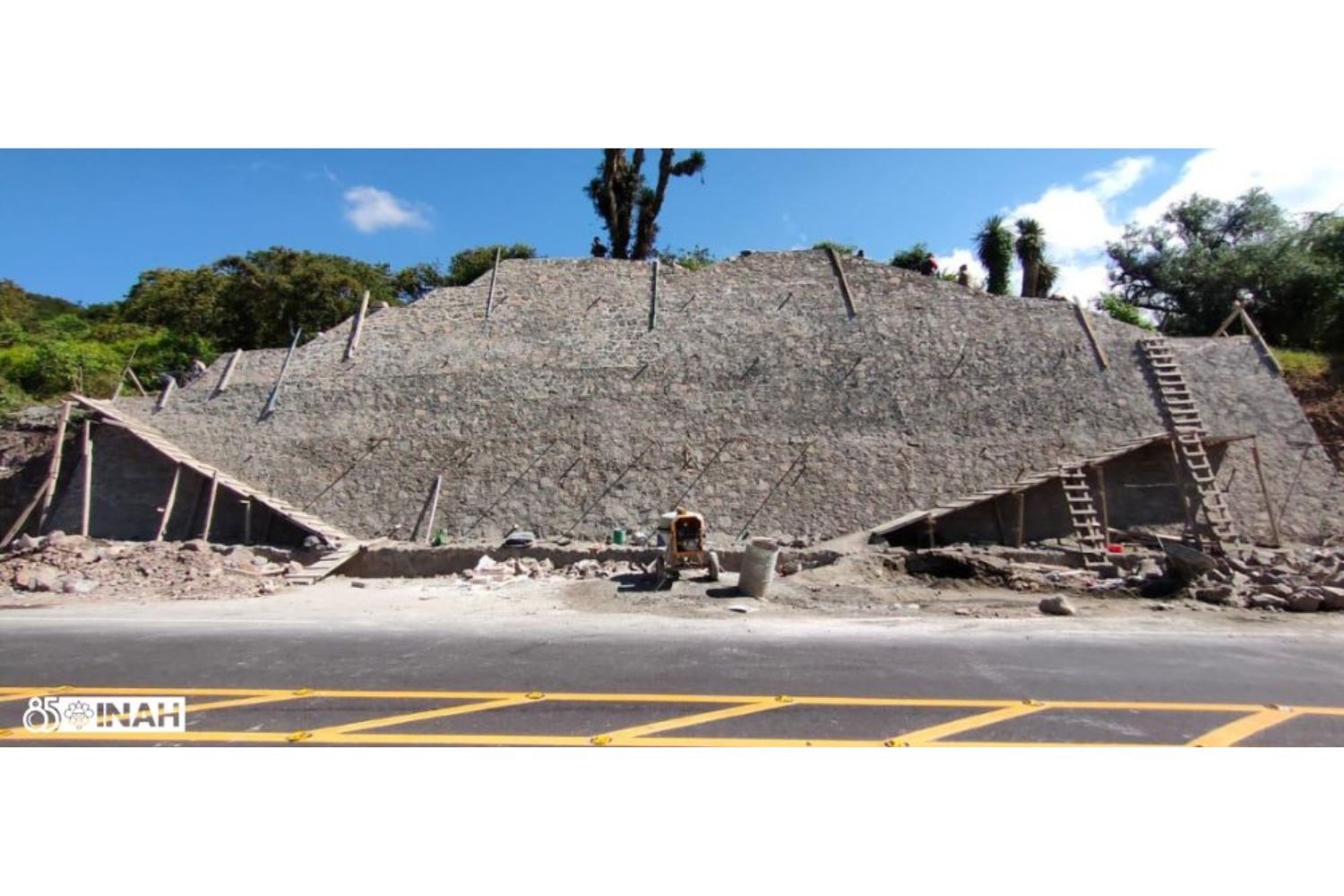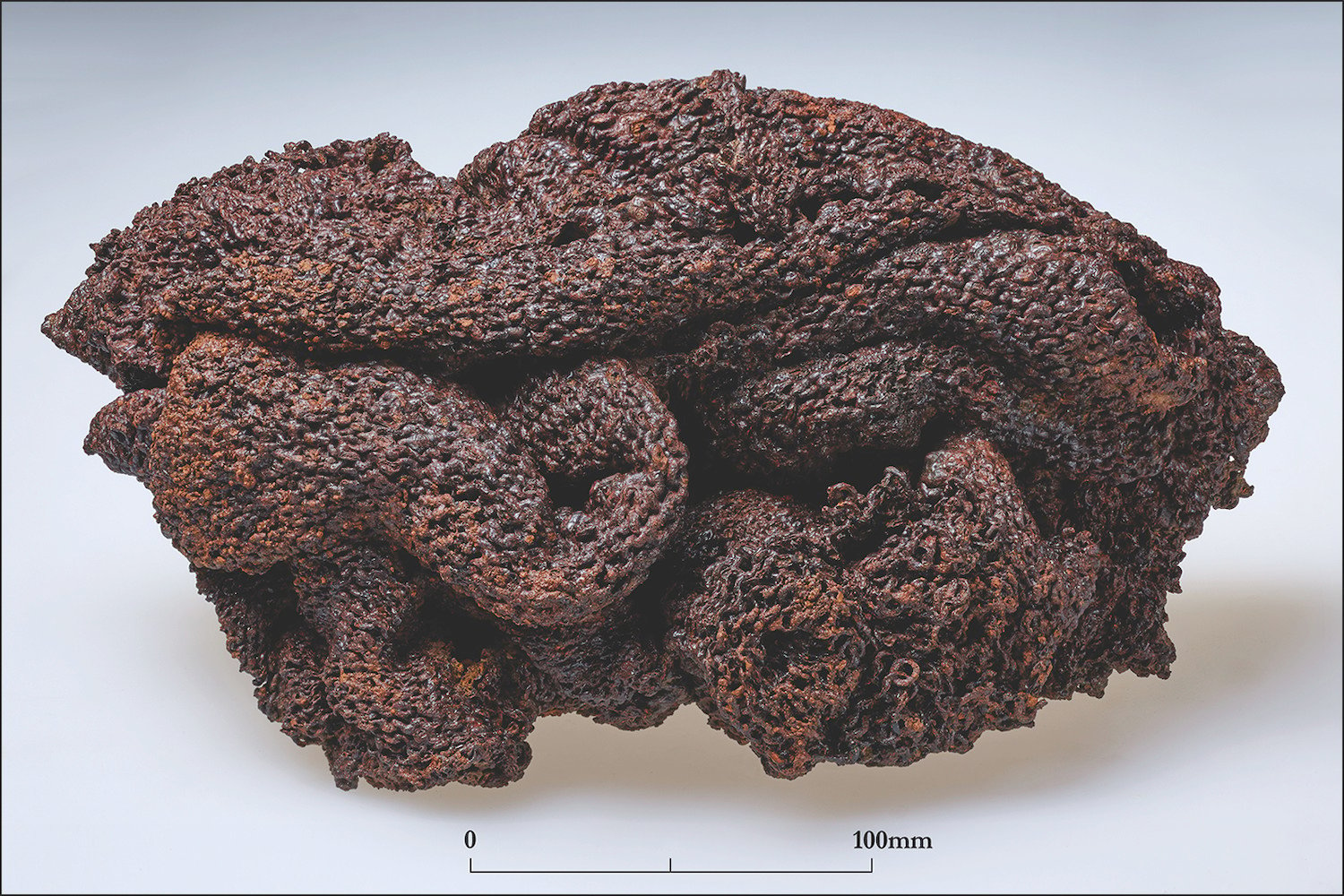The ability to stitch clothing may seem commonplace today, but new research suggests it was a crucial development for early North American inhabitants. Archaeologists in Wyoming have discovered bone needles dating back nearly 13,000 years, indicating Paleoindians crafted sophisticated tools to create warm clothing. This technological advancement likely played a significant role in their ability to migrate north into colder climates, ultimately settling across the Americas.
The needles, unearthed at the La Prele Mammoth site in Wyoming, were fashioned from the bones of various animals. This site is also known for yielding the oldest known bead in the Americas. The team, comprised of Wyoming State Archaeologists and University of Wyoming researchers, employed cutting-edge techniques like mass spectrometry, micro-CT scanning, and chemical analysis to study 32 bone fragments. By comparing the amino acid chains in the fragments to those of animals known to have inhabited North America between 13,500 and 12,000 years ago, they identified the species used in needle production.
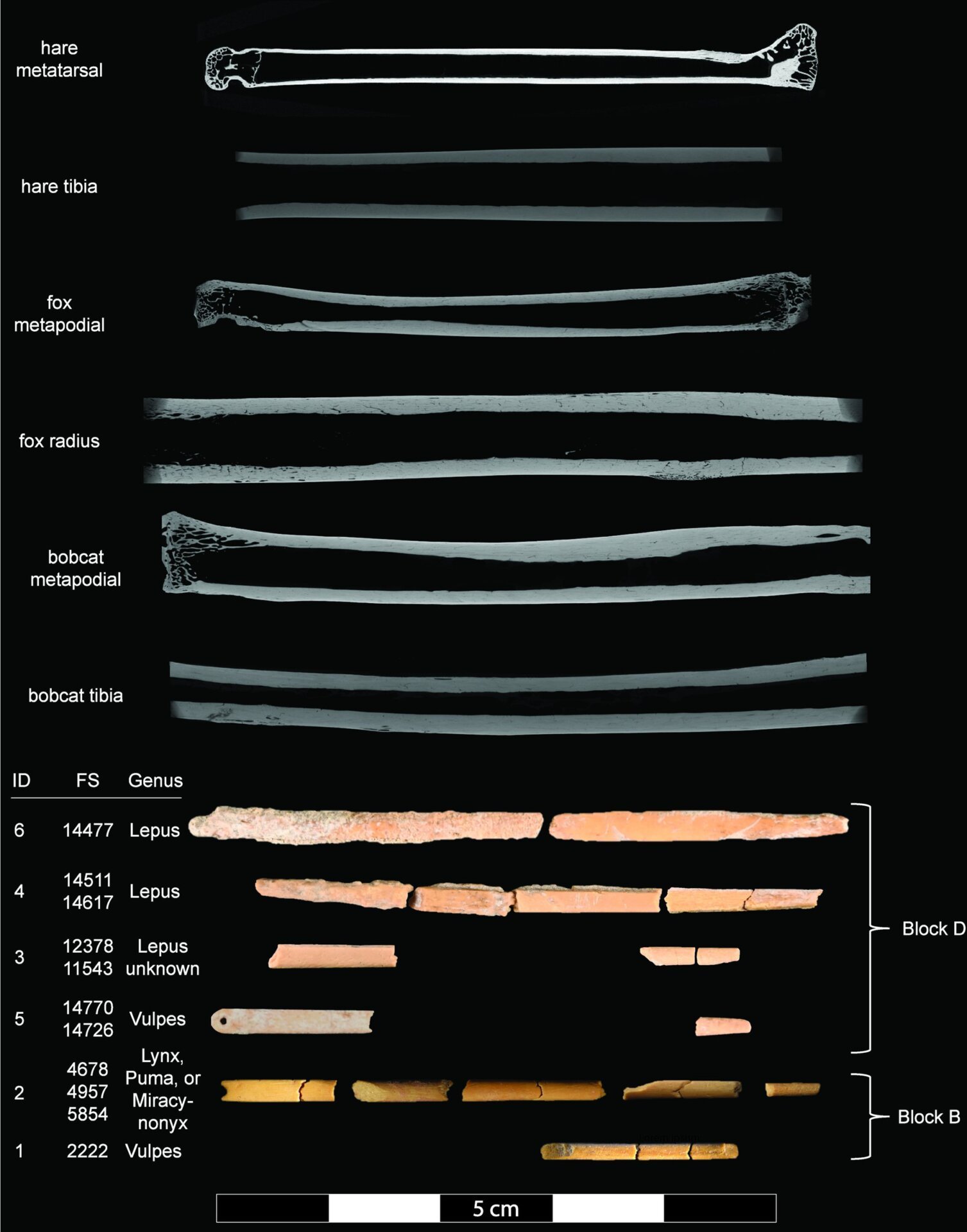 Bone needles and animal bones.The bone needle fragments are compared to the bones of the animals they likely originated from. © Pelton et al., 2024, PLOS ONE, CC-BY 4.0
Bone needles and animal bones.The bone needle fragments are compared to the bones of the animals they likely originated from. © Pelton et al., 2024, PLOS ONE, CC-BY 4.0
Needle Origins and Animal Species
The researchers discovered the needles were crafted from the bones of a diverse range of animals, including foxes, hares, rabbits, and larger predators like bobcats, mountain lions, lynx, and possibly even the extinct American cheetah. This finding underscores the resourcefulness of early humans and their ability to utilize available materials for survival. The study, published in PLOS ONE, is the first to definitively identify the animal species and skeletal elements used by Paleoindians in creating these crucial tools.
The Importance of Stitched Clothing
The development of eyed bone needles represents a significant technological leap. Stitched clothing, unlike simpler garments, would have provided significantly better protection against the harsh cold of northern latitudes. This innovation is likely a key factor that enabled Paleoindians to expand their range and thrive in previously uninhabitable environments. The researchers posit that without such garments, the threat of hypothermia and exposure would have prevented northward migration.
A Connection to Ancient Siberian Technology?
While these Wyoming artifacts represent compelling evidence for early garment production, it’s important to note the discovery of a 50,000-year-old needle in Siberia. Given that Paleoindians descended from Siberian migrants during the last Ice Age, the technology of needle-making and stitched clothing may have a much older history in North America. It’s possible the knowledge was lost and later rediscovered.
Beyond Food: Resourceful Use of Animal Products
The discovery emphasizes that early foragers utilized animal products for more than just sustenance. The bone needles highlight the ingenuity and adaptability of Paleoindians. They demonstrate how seemingly simple tools could have had a profound impact on human history.
A Technological Leap Forward
The 13,000-year-old bone needles from the La Prele Mammoth site offer valuable insights into the lives of early North Americans. They illustrate the crucial role technological advancements, like the ability to create stitched clothing, played in human expansion and adaptation to new environments. This research contributes significantly to our understanding of Paleoindian culture and their remarkable journey across the Americas.



